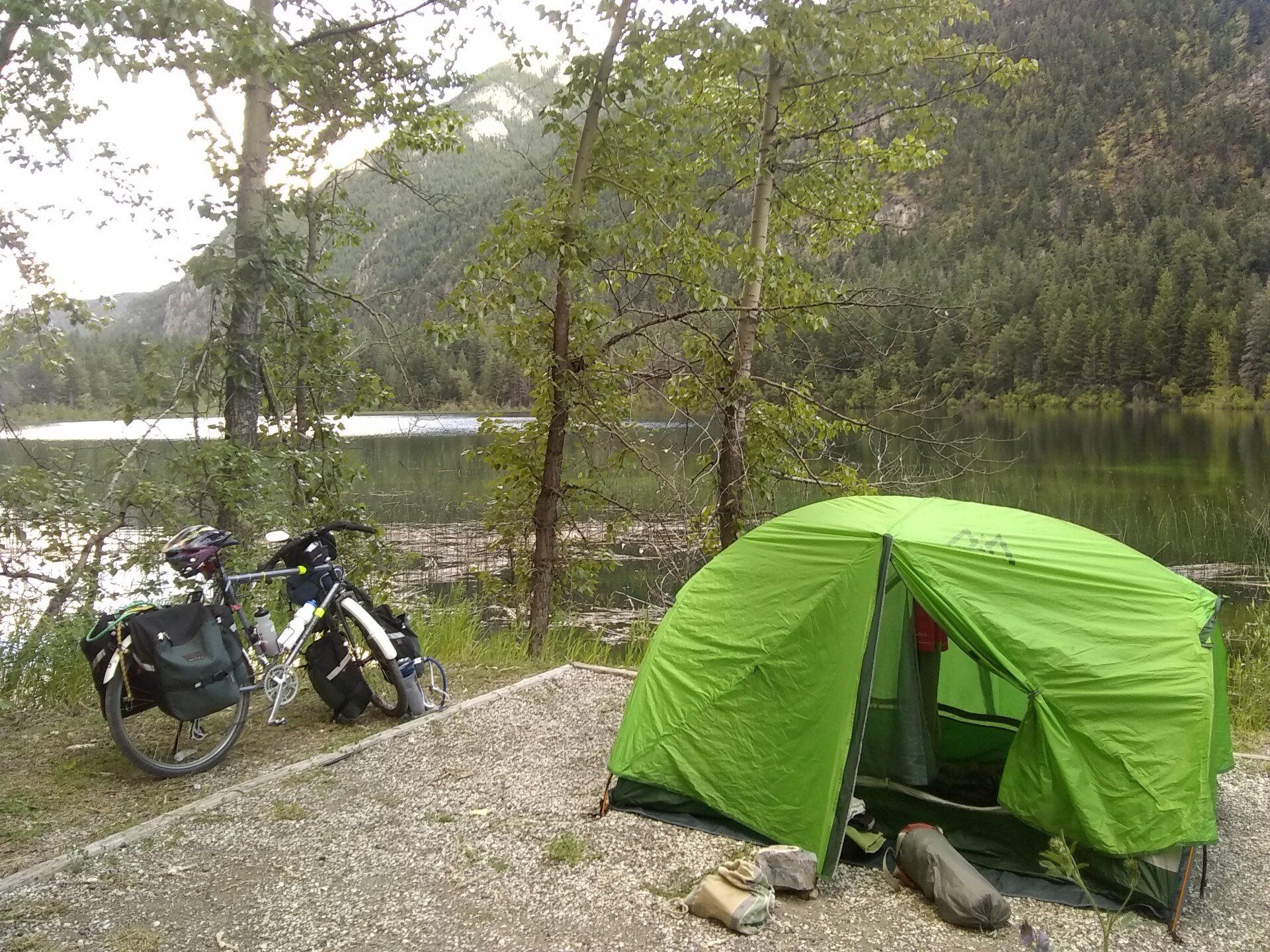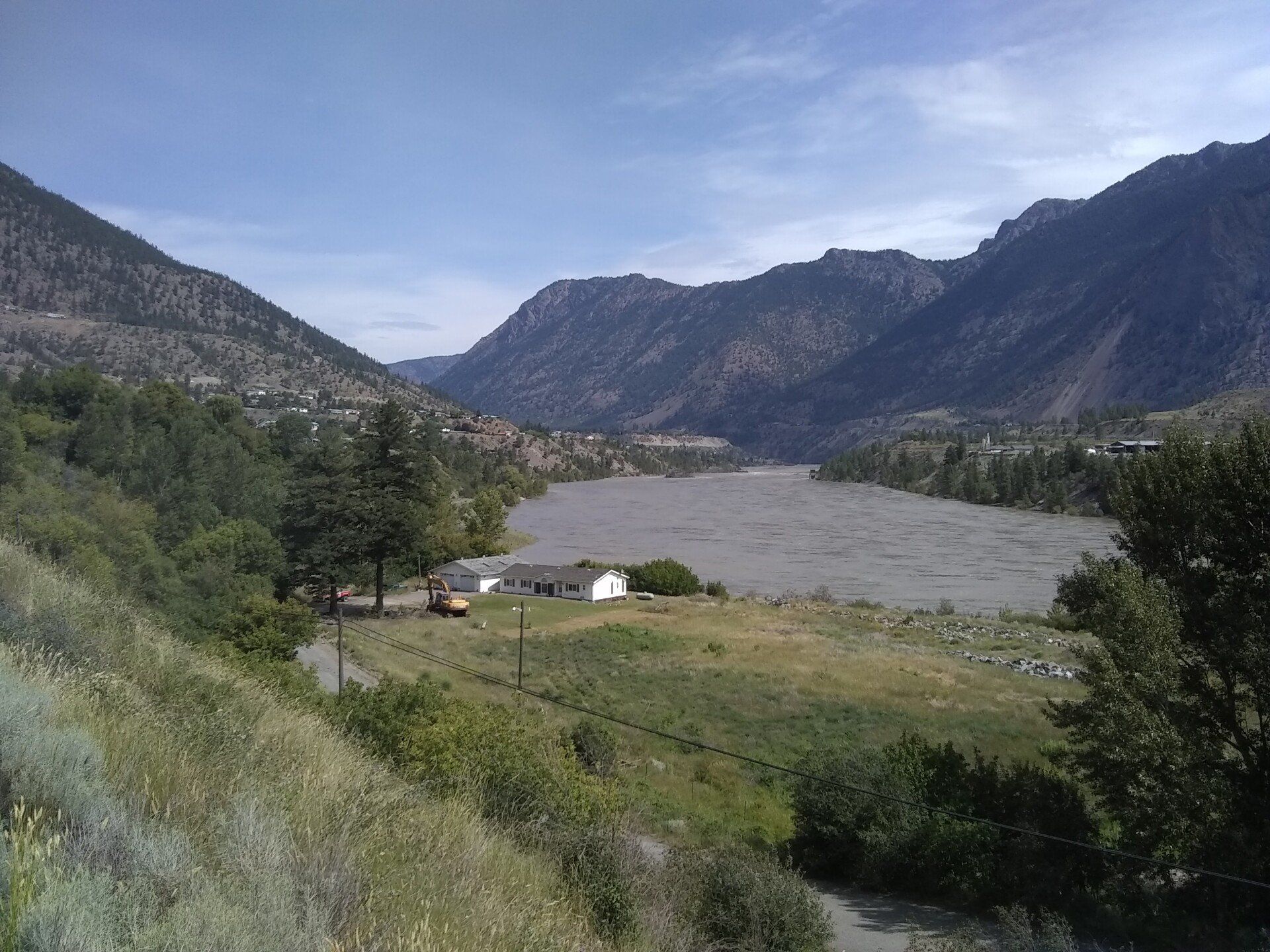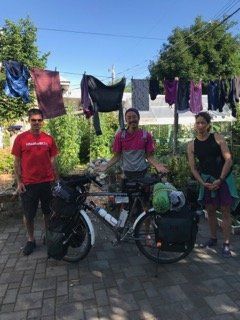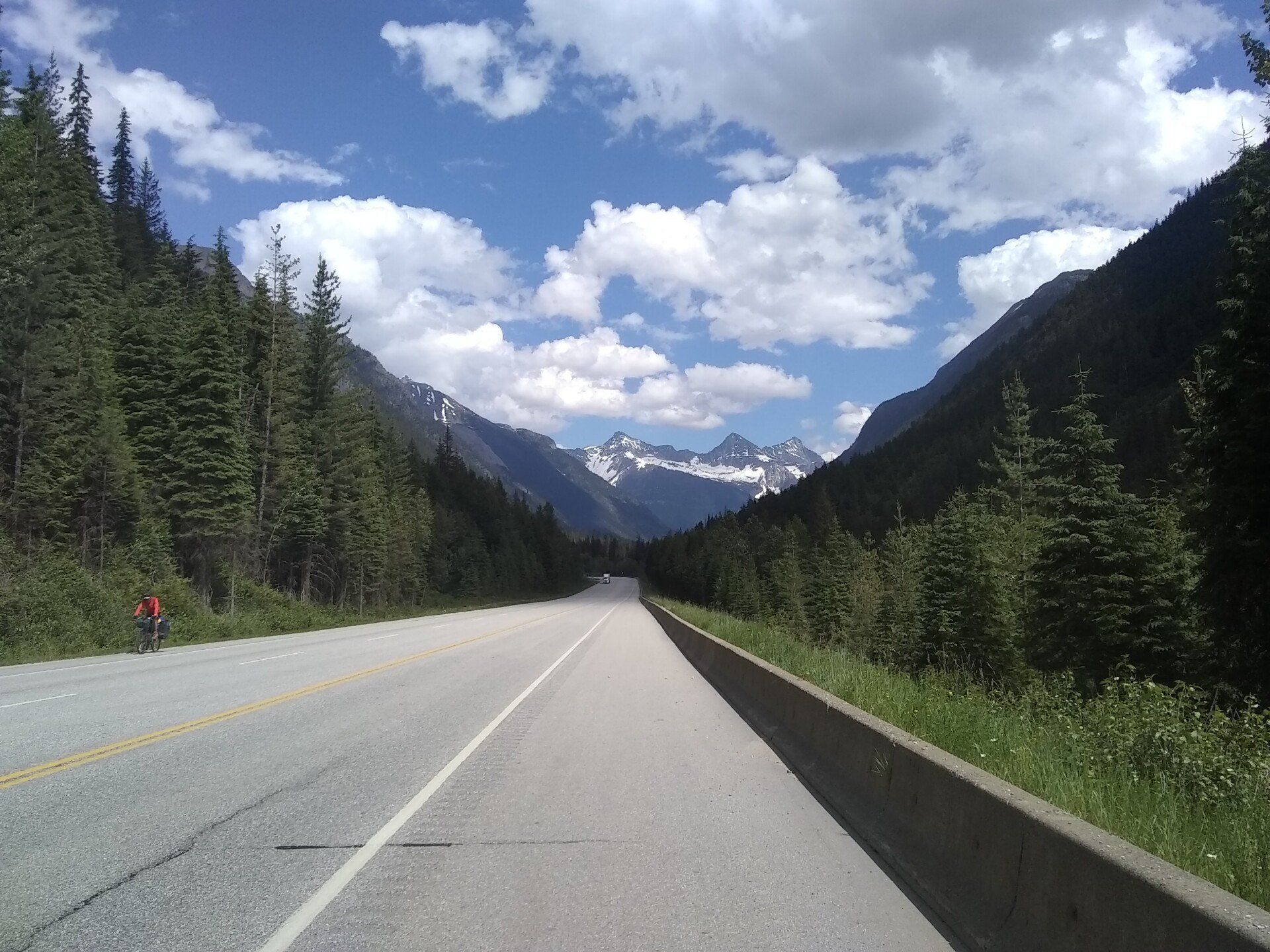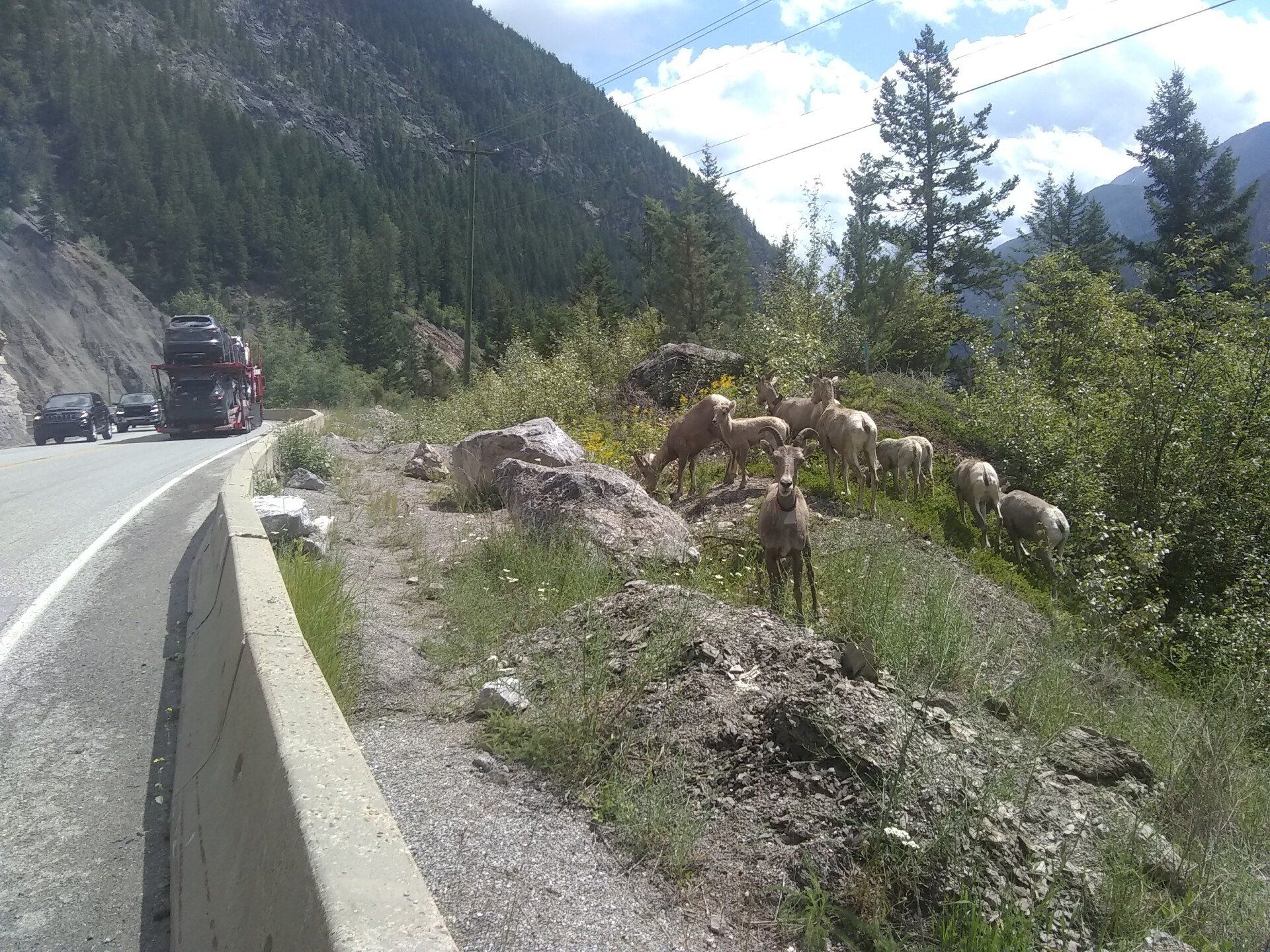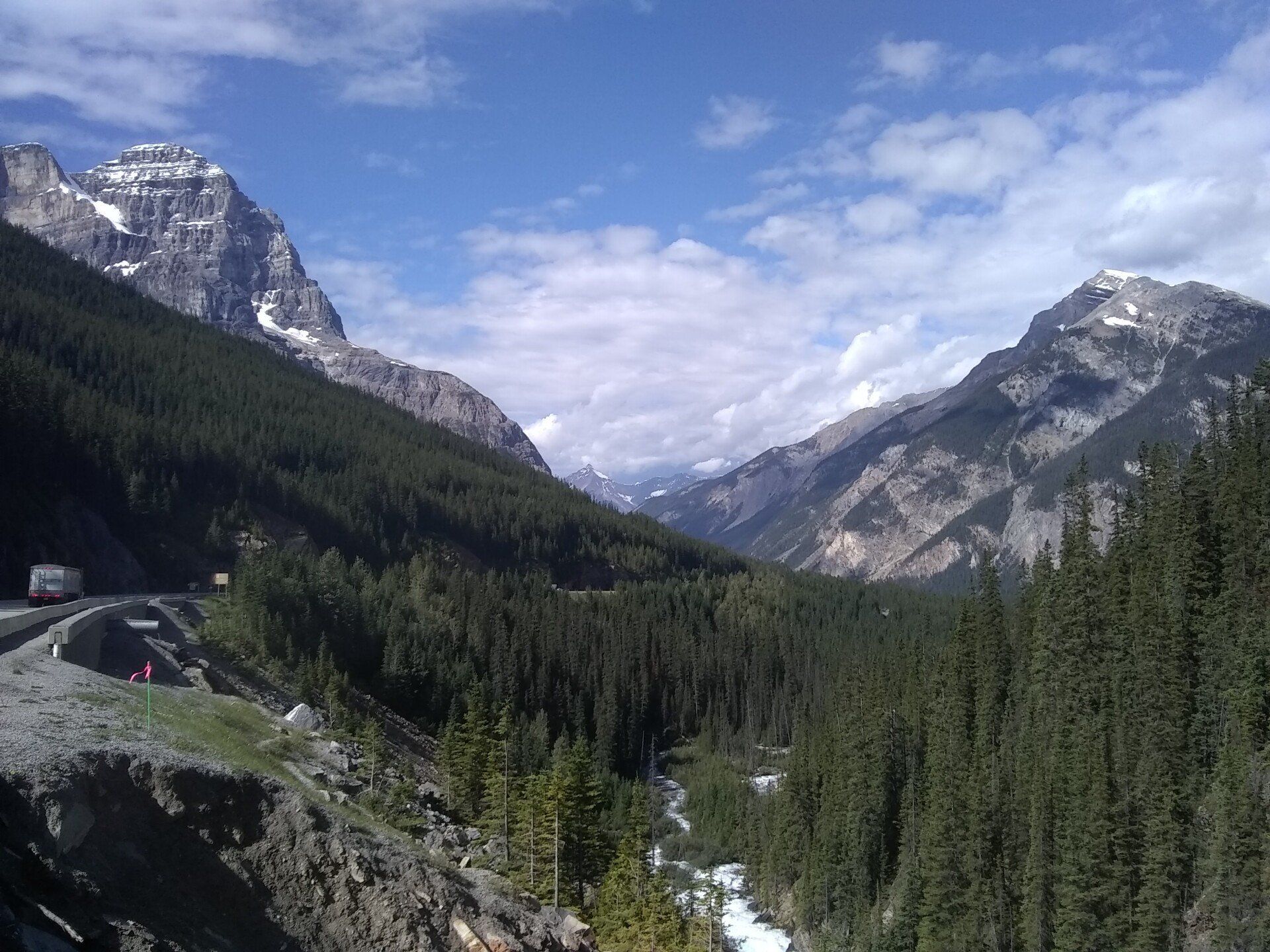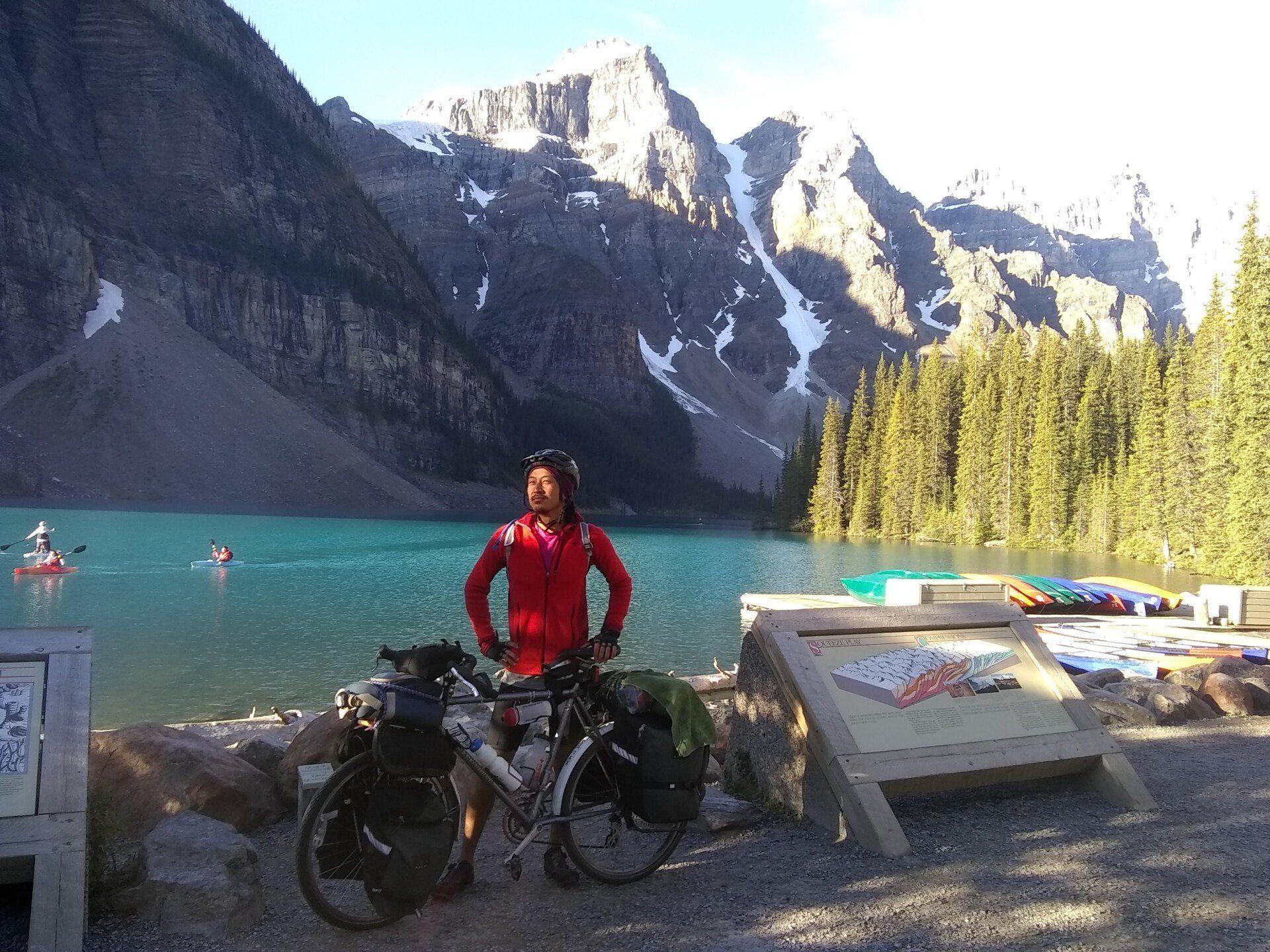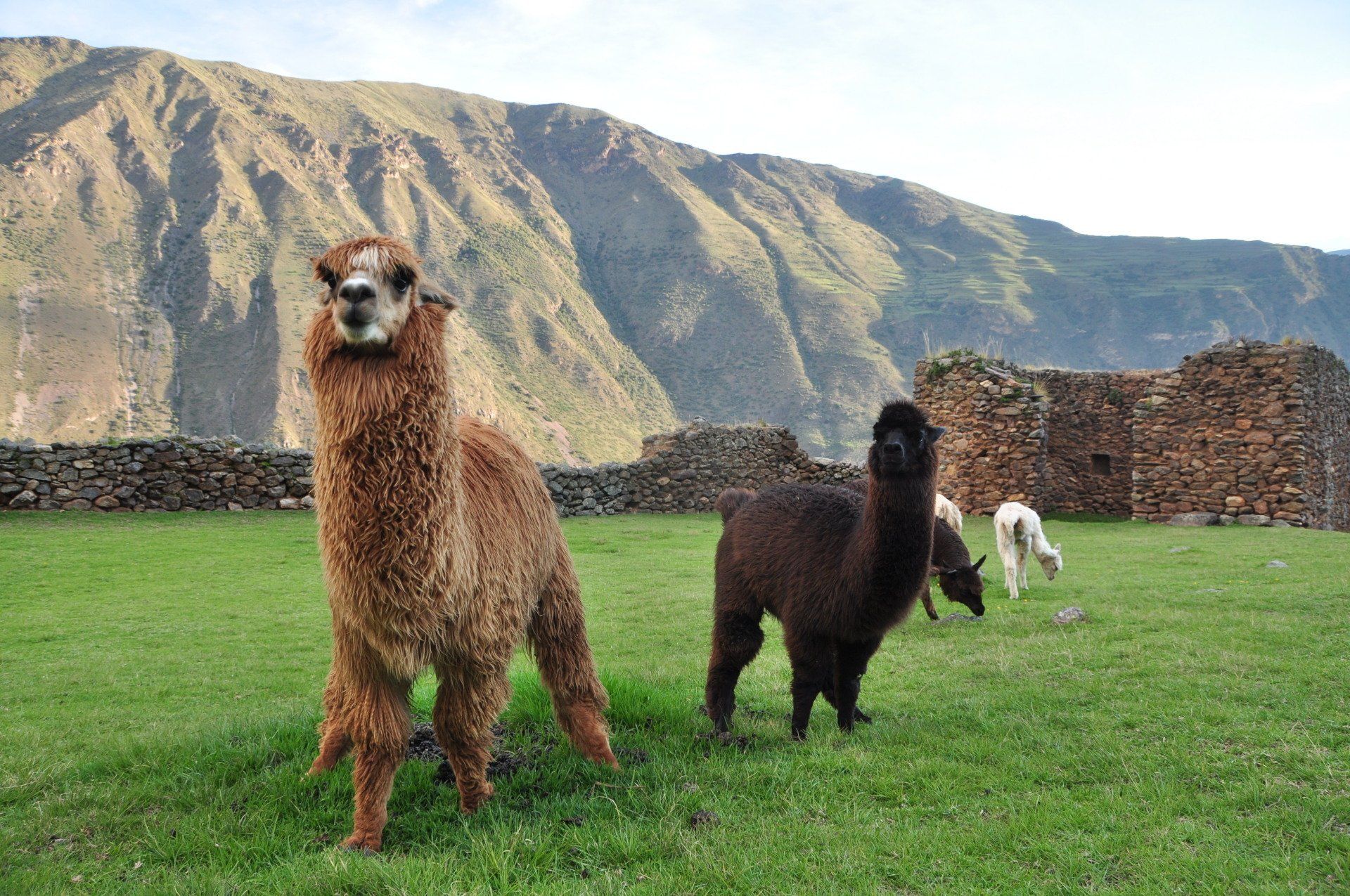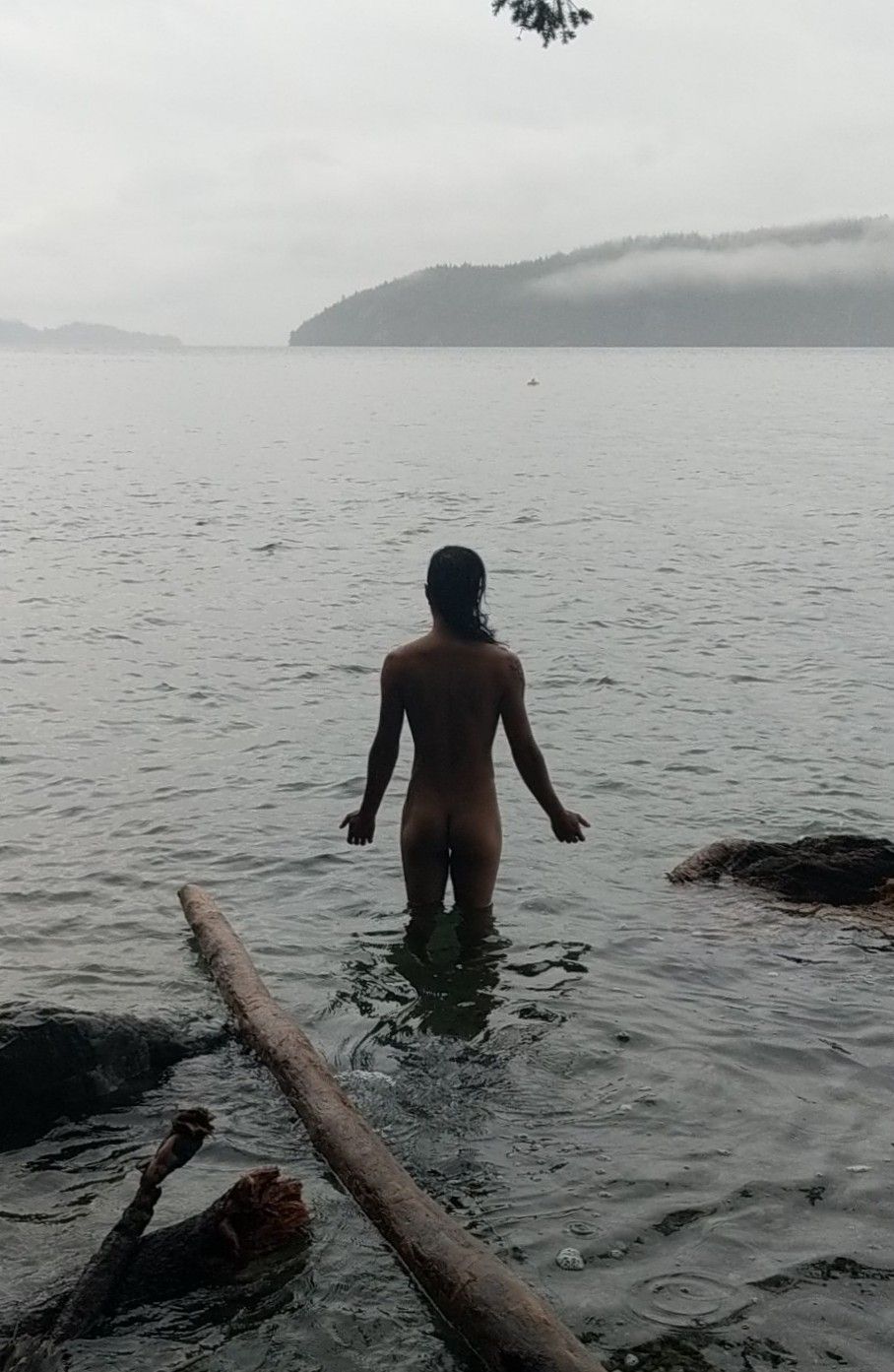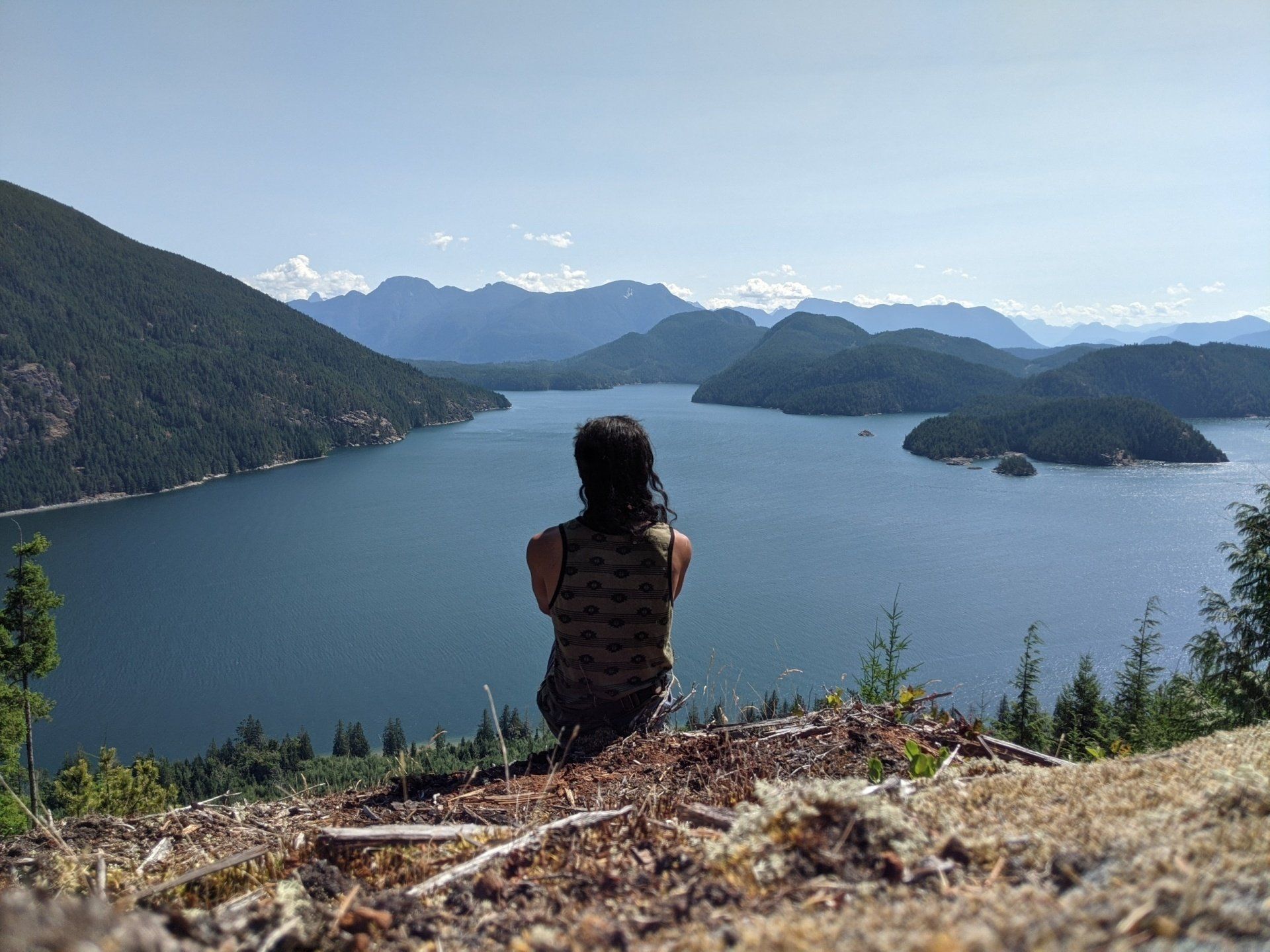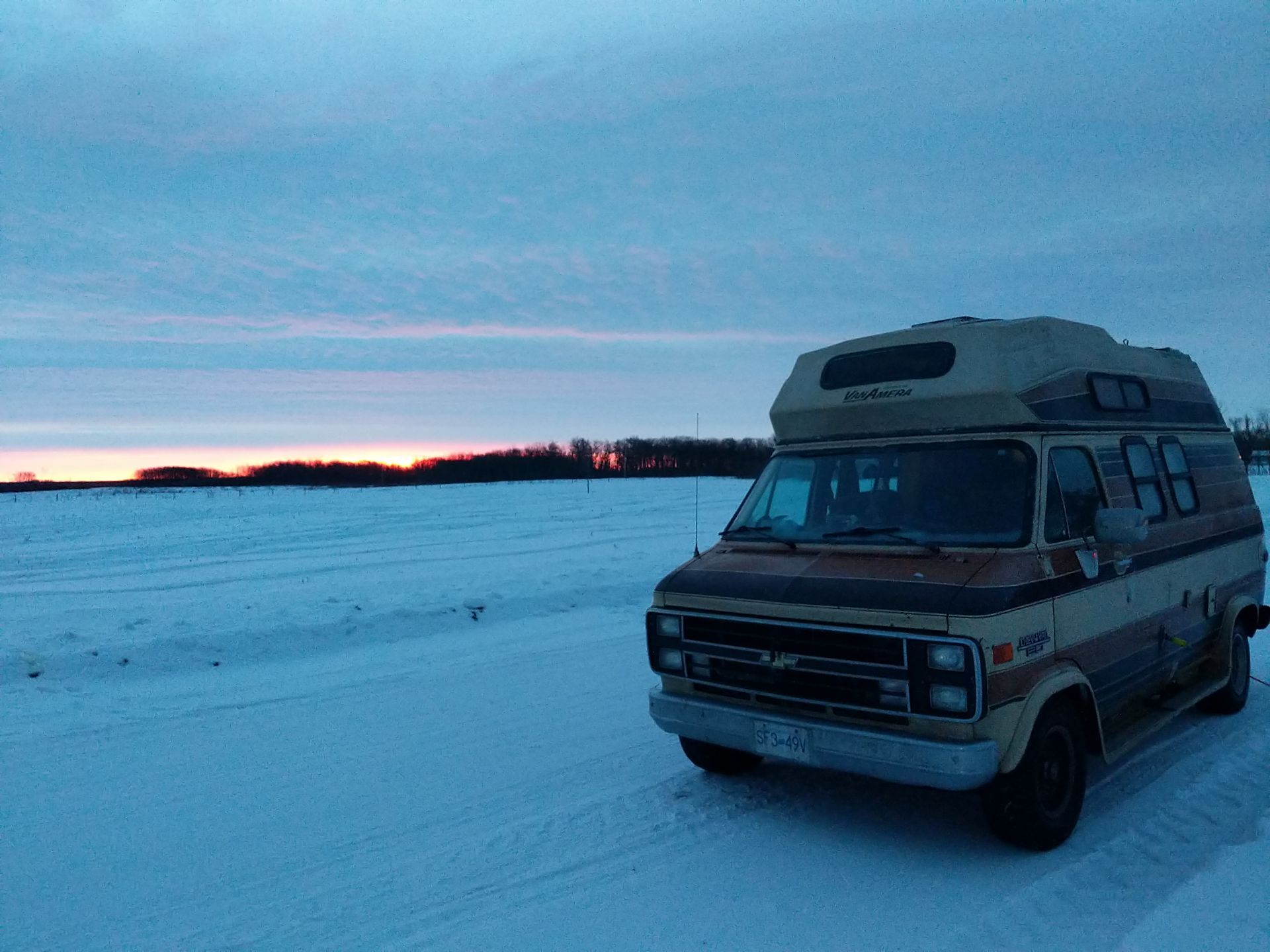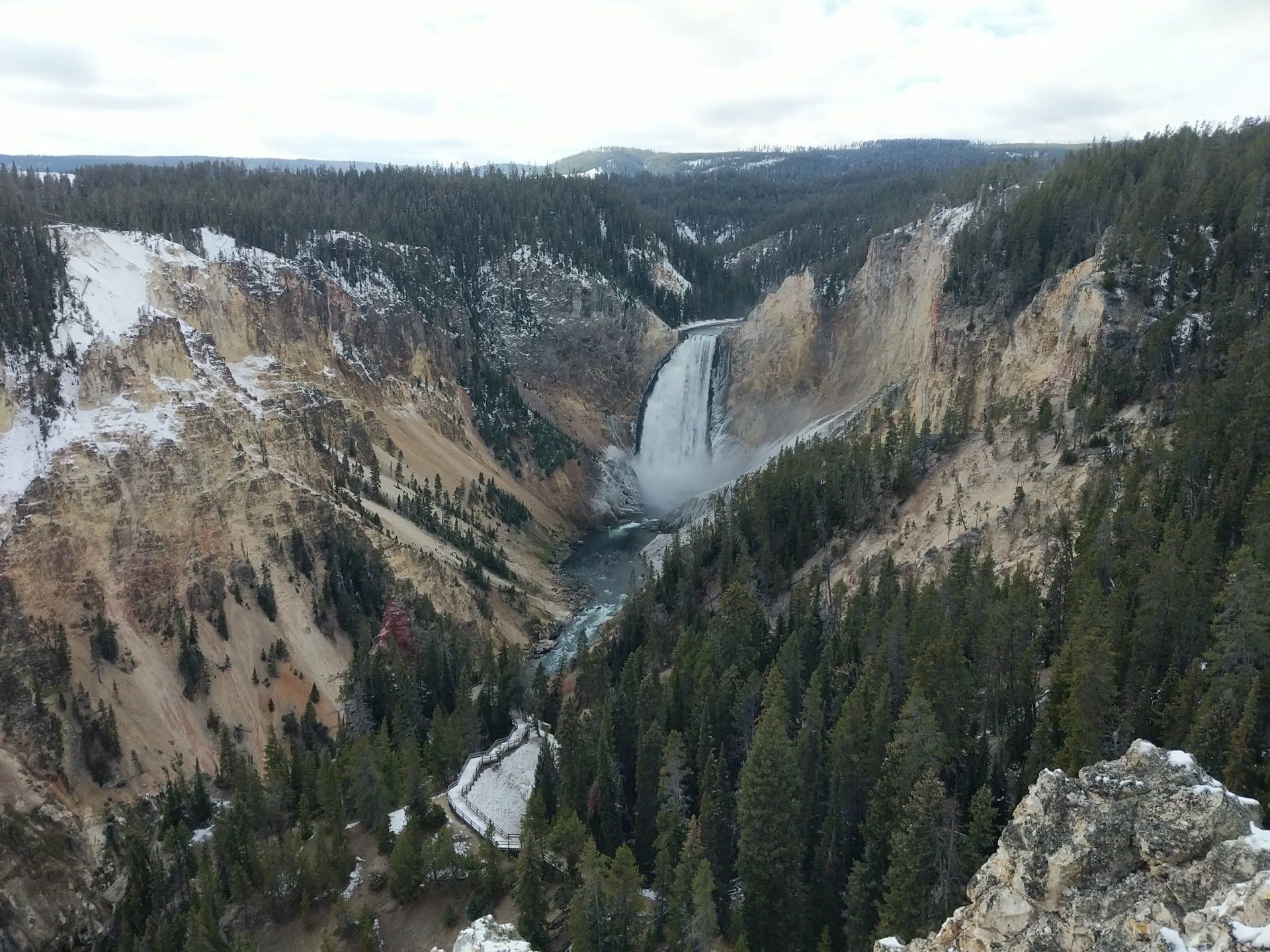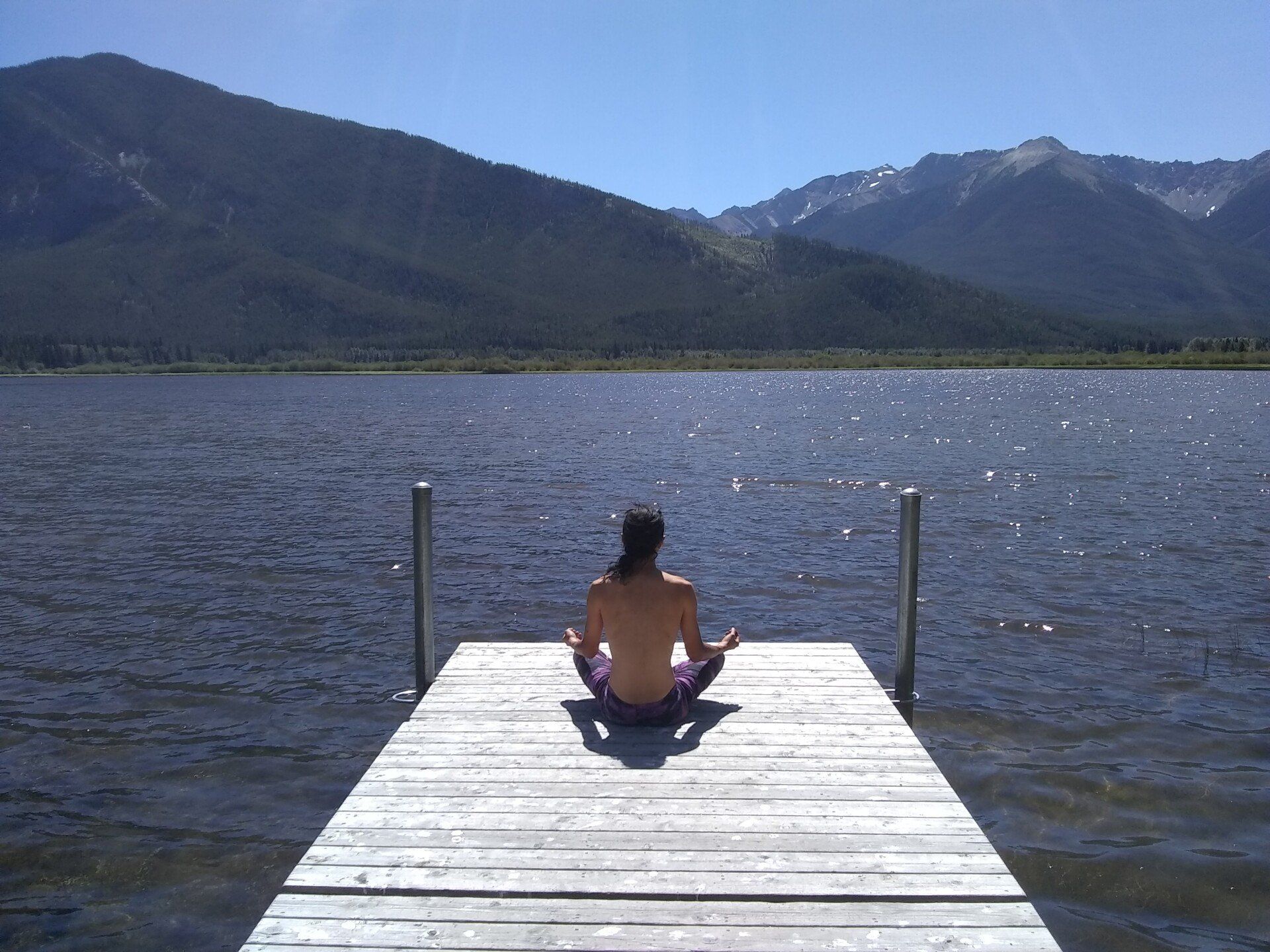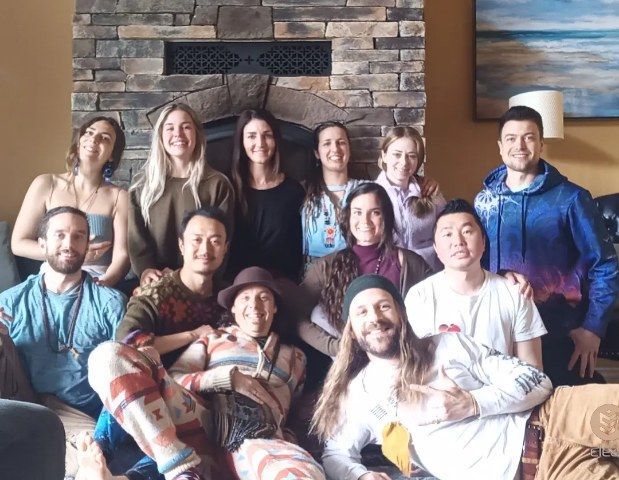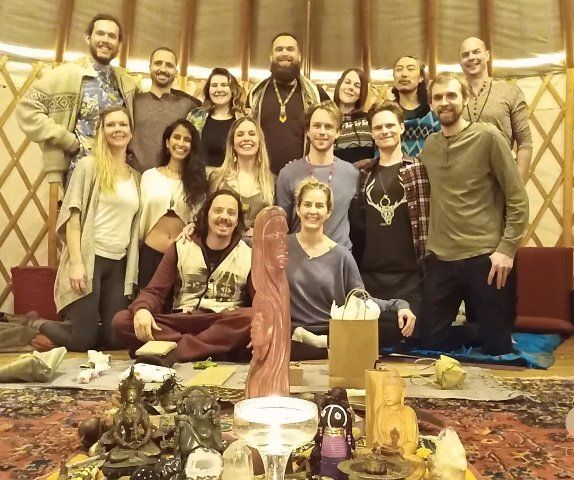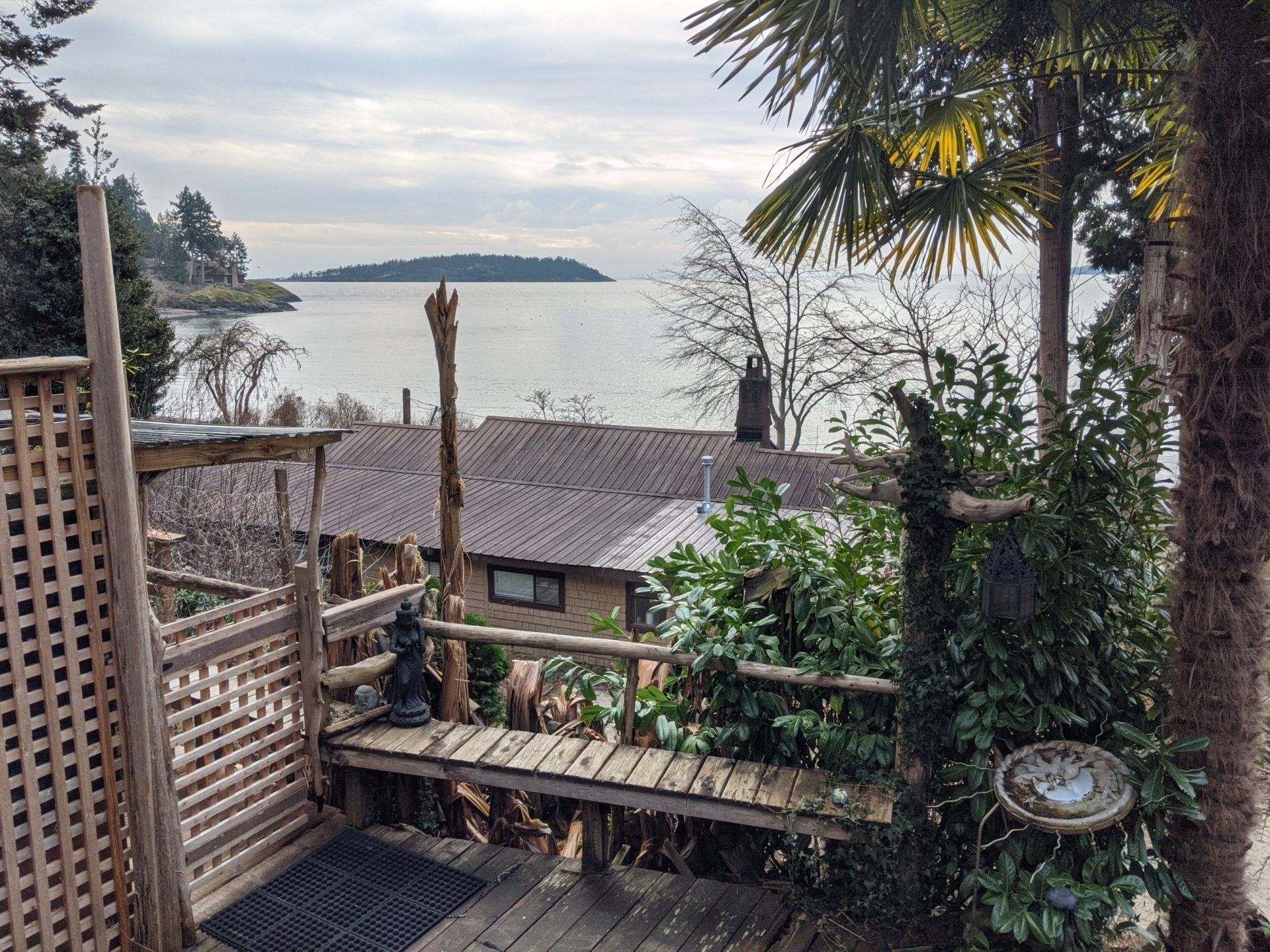All I Need is my Bicycle, Part 1: Mountains
July 9, 2020
Upon taking an early ferry from Vancouver Island to the mainland just outside of Vancouver I was supposed to start my grand cycle touring adventure. However, my friend in Squamish decided to come pick me up to maximize our time together! Then he offered to drive me to my friend in Whistler the day after so I wouldn't have to start my trip going uphill.
I stayed in Whistler for several days as my friend helped me in her own multitude of ways to heal my back, which I tweaked a few weeks before, and was causing me anxiety about my ability to do this trip. She even sold me a discounted pass to the Scandinave Spa where I was spoiled with alternating sauna and cold dips.
Day 1 - Duffey Lake, 86 km
It felt so good to finally get going, especially after all the anxiety about whether I could do it or not. Day 1 actually threw at me the most brutal challenge of the whole trip, a very steep series of switchbacks termed The Duffey. I didn't have my legs yet, so I walked my bike most of the way up, about 4 hours out of the 5 total it took me to reach the top of the pass! It was... brutal and seemed never ending. But from there it was mostly downhill, and I was pleasantly surprised that I went 86 km that day, ending up at Duffey Lake where I dipped in to cool off the muscles, then camped by the water.
Day 2 - Marble Canyon, 98 km
There were no brutal uphills on this day and I managed to go even further. Few people know that Canada actually has an arid climate, the Okanagan. Today's ride transitioned from alpine to arid and barren. I ended up at a beautiful lakeside campground for another lake dip.
Day 3 - Kamloops, 120 km
Two days on a narrow but quiet mountain highway felt like paradise before getting on to the TransCanada Highway today, a non-stop assault of truck traffic blazing wind and noise. I made it in to my first major urban centre. Fortunately, I was hosted by a friend of a friend who has an amazing riverside home! I spent two nights here, receiving a much needed massage from my RMT friend.
Day 7 - Yoho National Park, 100 km
In the morning in a cafe in Golden, BC, I made someone's day! Gia was absolutely blown away at my journey. Later on I watched a herd of mountain sheep stop highway traffic. The rest of the day I got to stop multiple times and admire the scenery along this beautiful stretch of highway that I have so often driven, but couldn't stop.
Day 8 - Moraine Lake Lodge, 38 km
A very short riding day but filled with very steep climbs, totaling 730 m elevation gain, took me to the highest point I would reach by bicycle for my adventure, Moraine Lake Rd at 1930 m elevation. Here I got to stay a few nights with a friend working at the lodge, getting in an amazing hike during my day off.
Day 9 - Calgary, 193 km!
This day will go down as one of the best of my life! I sipped the Electric Kool Aid and soared through Banff National Park. I cruised down the just freshly paved and smooth Bow Valley Parkway, closed to cars but full of cyclists. I threw on the earbuds and danced down the road on my fully loaded touring bike with a monster grin on my face at passing cyclists.
I rolled in to Canmore for an epic vegan lunch. By now it was not yet 5 pm and, still on an energetic high, I decided to try for Calgary. I rolled up to my friend's door at half an hour past midnight after cruising 193 km on the day! It helps that I started the day at 1900 m elevation and finished at under 1100 m.
It took me 9 riding days (plus 9 days rest and leisure) to go 950 km through the mountains from Whistler to Calgary. These 9 days were filled with some of the most memorable days of my life, overcoming mountains both physically and spiritually, as well as glimpsing the infinite beauty in both.
I truly believe that each of us are meant to overcome adversity in our destiny or life journey to activate that inner strength that is in each one of us. I'm proving this within myself in my own adventure, but I'm merely my own guinea pig for everyone else - every abled body is capable of completing such an adventure! Society and our minds place limits on our own bodies, but they are just waiting for those limits to be removed.
Elated at my progress, but sad that I'm past the mountains, time for a well earned rest! Then it's on to the next challenge: the flat, vast and open Prairies.
You can follow my adventures on IG @my2barefeet



